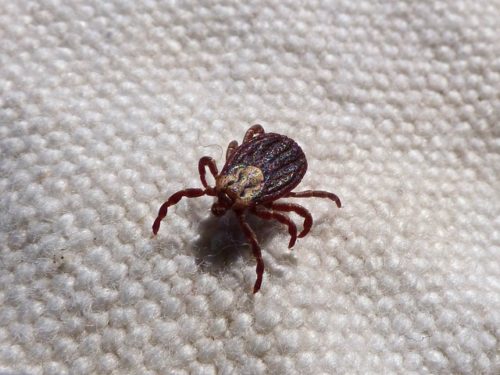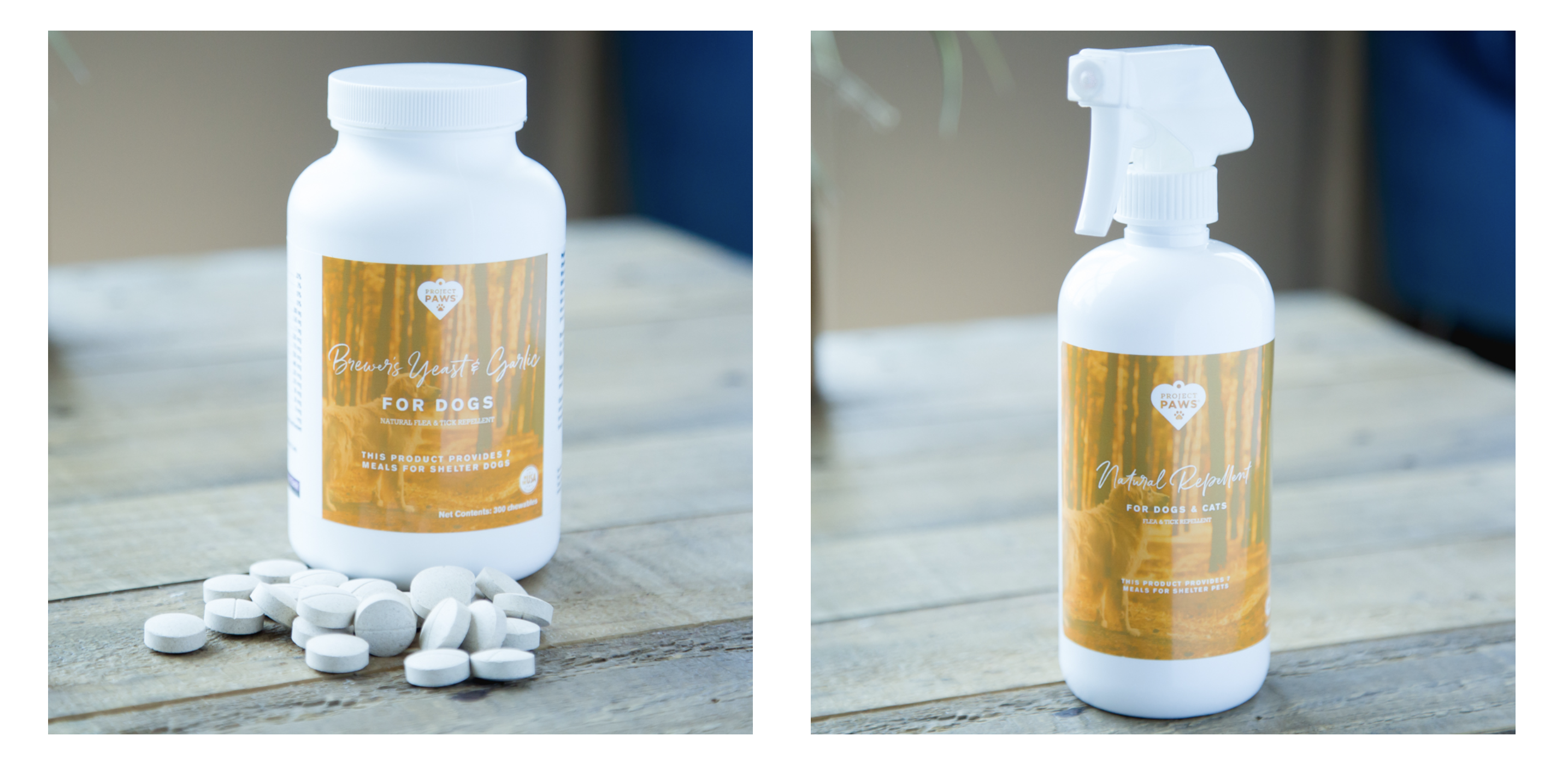Good news: summer is here. Bad news: this is the most active time of year for fleas and ticks. To keep your dog safe, you need to learn more about the potential threat. One key takeaway: flea and tick season poses a threat all year long. Thankfully, there are ways to protect your pup.

The Creatures
Let’s start with the basics. Fleas are the most common external parasite to dogs. They are wingless insects. They feed on blood. And those suckers can move. According to the ASPCA, they can jump up to two feet high. With that kind of height, it is easy for them to hop from one pup to another.
Like fleas, ticks are also parasites. They also feed on the blood of animals like cats and dogs. Ticks typically live in grassy or wooded areas. Most of the time, host animals don’t notice these parasites. Despite their innocuous size, these parasites transmit many diseases through biting.

The Threat
You may be asking yourself, “what’s the big deal if my dog gets fleas or is bitten by a tick?” Unfortunately, quite a bit of harm.
Fleas are persistent buggers. Dr. Daniel Morris, a professor of dermatology at the University of Pennsylvania School of Veterinary Medicine told petMD “most of the flea medications on the market will kill adult fleas, but it’s much more difficult to be rid of eggs and especially pupae [fertizilied eggs, ready to hatch into fleas].”
They can transmit a variety of illnesses:
- Tapeworms
- Flea Allergy Dermatitis (this allergy makes pups itchy!)
- Anemia (Fleas consume lots of blood, which can cause this illness or a significant amount of blood loss over time)
Ticks are troublemakers, too. These parasites can cause many harmful conditions and diseases including:
- Blood loss
- Anemia
- Tick paralysis
- Skin irritation or infection
- Lyme Disease
Yes, ticks transfer Lyme Disease to dogs and humans. Deer ticks frequently carry this bacterial inflection. Symptoms (see more below) are quite scary. Thankfully, with proper treatment, conditions improve quickly and your pup makes a full recovery.
The symptoms
How can you tell if your dog was bitten by a flea or tick? Signals of fleas on your pup include:
- Small dark “grains of sand” in your dog’s coat (sometimes known as flea dirt)
- Tiny, white grains in your dog’s coat (flea eggs)
- Allergic dermatitis
- Excessive scratching, licking or biting at skin
- Hair loss
- Scabs and hot spots
- Pale gums
On the other hand, you will most likely spot a tick on your dog quickly. Before they bite, ticks are about the size of a pinhead. After biting, they enlarge with blood. The tick may carry Lyme Disease. Symptoms of it include:
- Swollen lymph nodes
- Loss of appetite
- Fever
- Swollen joints
- Kidney failure
The remedies, treatments, and prevention
Thankfully, there are many remedies and treatments available for dogs afflicted with fleas and ticks. One way to keep your pup safe is to use natural repellents like this spray from Project Paws. Also, keep your grass mowed short to prevent safe ground for ticks. Check for fleas on thin areas of your pup’s coat. There are also tick preventative medications (similar to heartworm tablets) that are available by prescription. Don’t forget to talk to your veterinarian for their recommendation for the best preventative measures.
Beware: Counterfeit Flea Preventatives Sold Online! Find Out How To Spot The Difference.
Be extremely careful when removing a tick from your dog’s skin. Protect yourself by wearing latex gloves. Use tweezers to extract the parasite, grabbing as close as possible to your dog’s skin. Pull straight upward. Twisting can leave parts of its mouth in your dog.
If you notice these parasites on your pup, make an appointment with their doctor. For fleas, dogs receive topical ointments or shampoos. Unfortunately, you’ll also need to clean places in your home that could play host to fleas, including rugs, bedding, and upholstery. Any other animals in the home? They’ll need treatment too.
After your dog encounters a tick, the vet will test them for Lyme Disease. With a positive test, antibiotics are required for treatment. Typically, symptoms improve within two days.

The Hotspots
Fleas and ticks live in every US state. However, there are times of the year when they are more prevalent. Higher humidity levels and warmer temperatures are the best homes for fleas and ticks. So, places like Florida, Texas, California, Louisiana, and other southern states are threatened by them all year long. And as the other states warm, these parasites appear.
How To Make a Natural Flea And Tick Repellent
Bottom line: it’s important to talk to your vet about flea and tick prevention. Get their input. If you notice abnormal behavior in your pup (like any of the symptoms listed above), it’s time to talk to a doctor. Don’t delay in visiting the vet, the longer your dog sits with these parasites, the more potentially harmful they can be to your pooch.


 Toledo, United States.
Toledo, United States.